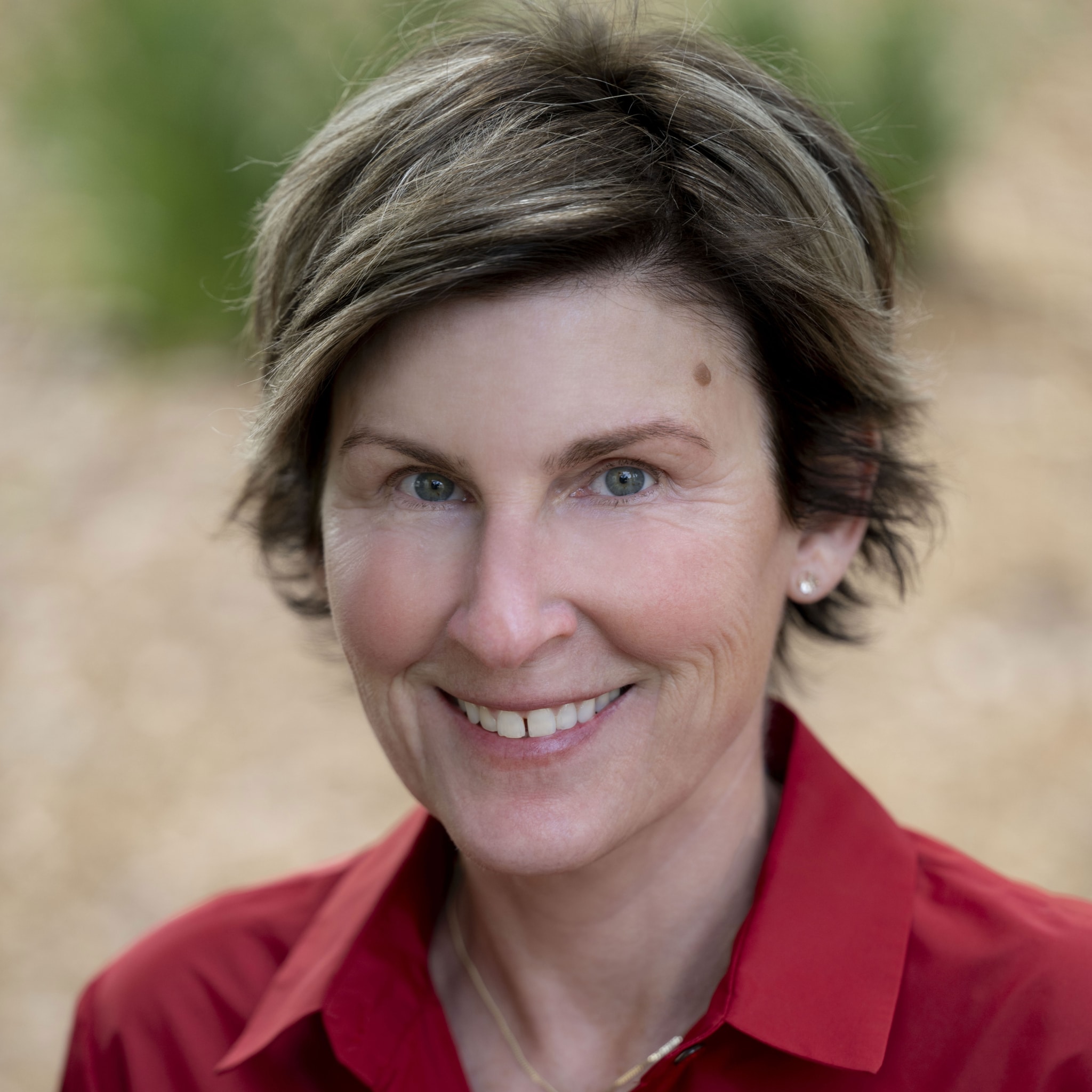An Interview with Dr. Pritpal S Tamber, MBChB
Writer | Researcher | Consultant, Community Health & Medical Information
This post was co-authored by Collaborative Consulting’s Lori Peterson and Jacob Bielecki.
How partnering brings you face-to-face with the societal forces making people sick and the need for communities to have power.
More and more organizations in health want to partner with the communities they serve to better understand how to address health inequity. Some, for instance, say they want their work to be community-led. Others want to ensure that the community is part of cross-sector efforts. For most, however, there are more questions than answers. Someone who’s been looking for answers to those questions for almost 10 years is Dr Pritpal S Tamber, a former physician who has become an independent researcher in community health. Dr Tamber is also an Associate to Collaborative Consulting and we spoke with him to get his perspective on this recent trend and to hear about the research he’s been doing on the link between community power and health.
Collaborative Consulting (CC): Hi, Pritpal. What’s your take on why so many organizations are saying they want to partner with communities?
Pritpal S Tamber (PST): In healthcare, there’s a growing appreciation that we don’t really understand people’s lives and so we’re unable to influence their health. We’ve tended to see people through biomedical measures – risk factors, diseases, and mortality – but those are at the mercy of societal forces. To understand how those forces impact people’s lives, we need to hear from them. To be fair, though, none of this is new to people in public health; they’ve been saying this stuff for decades. People in healthcare, however, are catching up, perhaps because the consequences of not understanding people’s lives are increasingly showing up in clinics and hospitals.
CC: So, what have you seen happen when organizations try to partner?
PST: The fundamental issue is that there is a tension between what people in healthcare want and what communities want. The former is usually focused on those biomedical measures whereas the latter is often focused on those societal forces. Of course, in health, we call those societal forces the social determinants of health – safe neighborhoods, good schools, high-quality healthcare, and fair treatment by the criminal justice system, for instance – but just because we have a name for them it doesn’t mean we know what to do about them. So, when systems and communities come together, there’s almost always this tension and it almost always leads to frustration – for both sides. There are frameworks and tools (such as mine) to help partners reconcile their differences but it’s hard work and most partnerships are not adequately resourced for the effort.
CC: Why do you think that is?
PST: Many leaders in health are either not aware of or are not willing to acknowledge the tension that I have described. There’s a belief – often unstated – that once a community is engaged and then ‘educated’ with the right information, its members will change their unhealthy behaviors and become healthier. That belief blinds many people in health. Combine that with the need to show a return on investment in 12 months – a very common demand from budget controllers – and you’re left with a perfect recipe for under-investment.
CC: So, what have you seen that can help overcome that tension?
PST: In community engagement, there are a number of frameworks. Which one is right for an organization depends on what it’s seeking to do. The CDC, for instance, proposed the socioecological model (the link takes you to their violence prevention page but the model applies to other areas). The idea is that you think about the issue you’re seeking to address at the level of individuals, their relationships, their communities, and then their societal context. I think it’s a useful mental exercise, perhaps for the planning phase of the work, but it’s a little light on how to then engage with communities. The Active Community Engagement (ACE) Continuum is really good at getting into the how. It breaks the engagement process into five activities and then breaks them down into three levels based on the depth of the engagement.
CC: Are you seeing these frameworks being used in the field?
PST: I see them get mentioned but I think the frameworks only go so far. What institutions in health are rarely prepared for is how they need to change if they’re to be in a true partnership with communities. There’s an oil-and-water element to this work. Health institutions and communities are often vastly different. Each side needs to work to understand the other. That process is rarely invested in. Despite the rhetoric of ‘partnership’, the community is almost always subordinated, which is a recipe for failure, even if there are some short-term successes. The Agency for Toxic Substances and Disease Registry (ATSDR) produced a really helpful report called the Principles of Community Engagement, which included descriptions of what ‘structural capacity’ institutions need for community engagement to be successful and sustainable (see page 110).
CC: We know you’re looking into the role of community power in health; why?
PST: When you’re looking at why some communities have worse outcomes than others, power comes up a lot. We know that our social context contributes up to 80% of our health. That context isn’t accidental; it’s created, often by the policies of governments and institutions. So, communities need to be able to influence these policies to ensure that they’re at least health protective, and preferably health promoting. Having influence is just another way of saying having power.
CC: That resonates. We’re hearing organizations in health talk about community empowerment.
PST: That term is a tricky one. In my current work, I’ve heard it said that it’s patriarchal, almost condescending. But without getting bogged down in that debate, yes, it’s clear that communities that are able to exert their power almost always do so in ways that are health protective. They stop waste recycling plants being located in their neighborhoods, for instance, helping to reduce air pollution. They fight to stop essential services leaving. The more proactive ones even go as far as attracting investment to make their neighborhoods even better places to live.
CC: What’s the role of the health sector in all of that?
PST: It really depends on the institution. For instance, some large healthcare organizations have realized that they can change their operations to benefit the local community. That might include hiring locally in an inclusive manner or sourcing products in a way that supports local, perhaps minority-owned, businesses. These strategies – often called anchor strategies – help to keep resources and opportunities in the community. This creates a sense of hope and belief in the future, which underpins people’s desire to make their neighborhoods better. Other, much smaller organizations are acknowledging that healthcare has sometimes harmed communities, especially through its prices and debt collection. They’re exploring how to be humbler and holistic in their approach, helping to reduce the distrust some people have developed towards healthcare. It’s well-known that collective mistrust causes distress, which is bad for your mental and physical health.
CC: How would you relate all of this back to partnering with communities?
PST: Clearly, you have to go into the work knowing that the tension exists, will surface, and will need to be managed. Making sure you have the ‘structural capacity’ for the work is essential. But in my review of the evidence, I’ve also found that the engagement process itself has the potential to increase the capacity of the community – it enhances the skills of the people involved and improves the social fabric between them. This increased capacity can make it possible for a community to exert its power. So, you have to be ready for that. The community might ask tough questions of you and your institution. It might also – and, for me, this is the hope – hold local policymakers to account to address the aforementioned societal forces. You have to be clear that if you’re genuinely ‘engaging’ the community, that’s the journey you’ll be going on.
CC: It’s complicated stuff – but so is heart surgery.
PST: Precisely. Public health and healthcare have never shied away from the difficult stuff. This is just the next thing to tackle. It’s going to take leaders in health out of their clinics – and hence out of their comfort zones – but it’s clear we need to get good at it if we’re ever going to get on top of the increasing amount of ill-health out there.
CC: Thanks for giving us an update on your work.
PST: My pleasure.
It’s clear that partnering with communities is easy to say but hard to do well. In our experience, and despite all of the talk, few organizations are clear about what tools they’ll use, what capacities they’ll need, and how the work might force them to look in the mirror.
Given the strong rationale for partnering with communities, it’s clear that these are all questions that need to be answered.
If you’d like to stay abreast of Dr Tamber’s work, subscribe to his newsletter, Community & Health.




